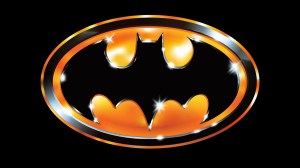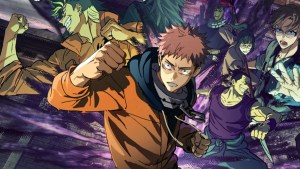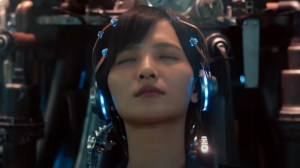Star Wars Unlimited moves into the Clone Wars era with its third set, which is the much anticipated Twilight of the Republic. It’s fitting then that the Twilight of the Republic Starter Set contains two staples of that era in the heroic Ahsoka and the villainous General Grievous, and each one of the new leaders works in tandem with the set’s new mechanics in various ways. Unlimited has had strong showings with its previous Starters, and thankfully that is still the case with Twilight of the Republic. In fact, this Starter has already managed to surpass one of those previous Starters, so let’s get into the full review and break down what works, what doesn’t, and what it has surpassed on the list.
Videos by ComicBook.com
As with previous Starters, Twilight of the Republic’s Starter Set includes everything you need to play against an opponent, including two distinct Leaders and fully built decks for each one. There’s always a hero and a villain, with Ahsoka taking the heroism role this time around with a red and white Aspect combo, while Grievous takes the villainy side with a yellow and black Aspect combo.
Ahsoka
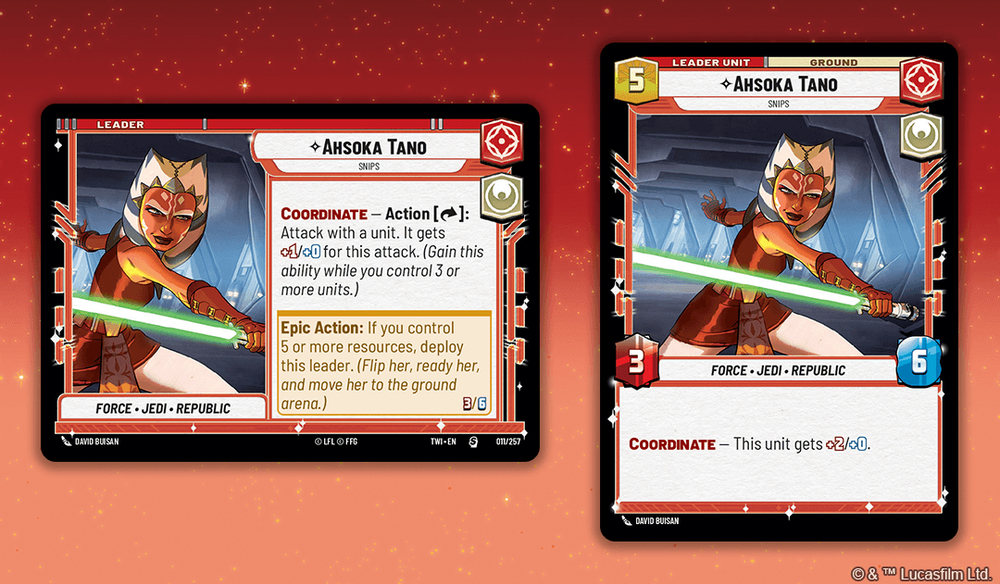
Ahsoka utilizes the new Coordinate keyword, which will activate when you control 3 or more Units. If you do, you can then utilize her ability to attack with a unit and give it a +1 Power, which also ties into her deck’s strong lineup of lower cost cards, as you can more easily get a bigger number of units on the board in the early rounds. The best part about this is that when you move Ahsoka into play with her Epic Action, she counts as one of those units, giving her +2 Power and making it easier to get buffs from your other Coordinate keyword units.
At 5 resources, Ahsoka often comes in at the perfect time to give you a needed boost, as some of the lower cost units in her deck don’t have the highest HP and can’t hit as hard without that Coordinate ability active. The ability makes all the difference in a cost to effect ratio, like with 332nd Stalwart, which gets +1 to Power and HP, or Echo, which gets +2 to Power and HP. There’s also Coruscant Guard which gains Ambush (the ability to attack a unit as soon as he’s played) and Clone Heavy Gunner gets +2 Power to go with their 3 HP. These are all either 1 or 2 cost cards, so you can see how that buff can really make an impact on your low cost force.
[RELATED: Star Wars Unlimited: Twilight of the Republic New Leader Breakdowns and Showcase Spotlight]
Ahsoka also comes with great low cost Events and Upgrades, including Ahsoka’s lightsaber, Synchronized Strike, Grenade Strike, and Outflank, which lets you attack with two units at a time for 1 cost. Ahsoka’s 3 and 4 cost cards offer a variety of options too, and Admiral Yularen is a fave with his Restore 1 and +1 HP boost for all of your Heroic characters.
Then there’s the 5 and up range, which brings you Anakin Skywalker (a 6 and 6 unit), Captain Rex (who creates 2 Clone Trooper Units when played), and Tranquility, which lets you bring back a card from your Discard and then makes the next 3 Republic cards cheaper to play, all while packing a punch with 7 Power and 6 HP (though it does cost 7 to play). Before we get to the final verdict for Ahsoka, let’s move to General Grievous.
General Grievous
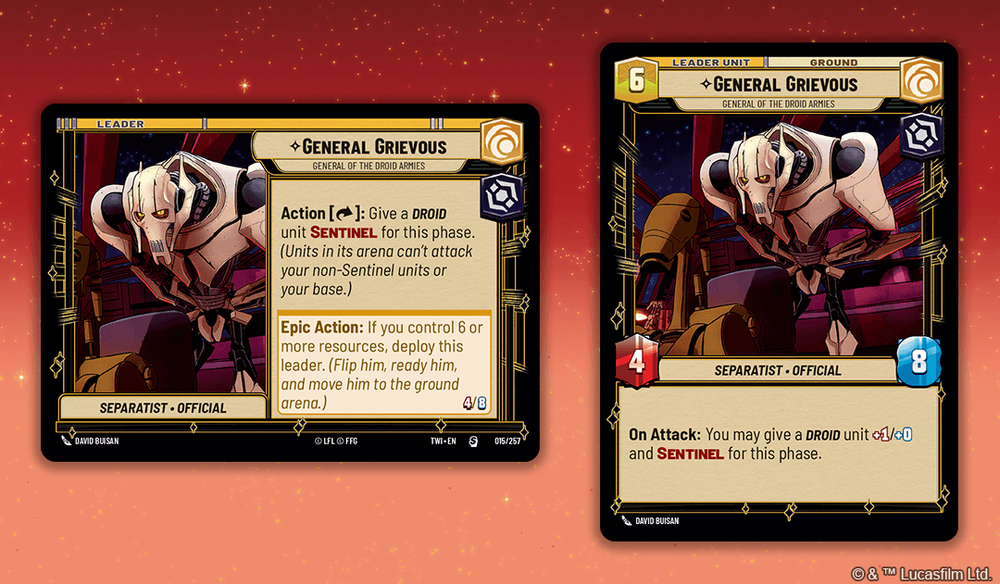
General Grievous takes advantage of the set’s new Battle Tokens, which bring cheaper cost Droid and Clone Trooper units into the game. Grievous is able to give a Droid unit Sentinel for the rest of the phase, and his deck takes advantage of this with a host of cards that can create new Droid Tokens, and some can create multiple Droid Tokens at one time. After deploying into battle, Grievous is able to give a Droid unit Sentinel and a +1 Power boost when he attacks a base or a unit, and he hits pretty hard on his own as well.
Grievous can’t deploy until you control 6 Resources, but his ability is pretty handy in almost every round, so the delay for deployment isn’t as impactful. The same goes for the variety of higher cost cards in Grievous’ deck, as several of them also have the Exploit keyword, giving you a way to reduce their cost. Cards like Admiral Trench (Cost 7, Exploit 1), Tri-Droid Supressor (Cost 7, Exploit 2), Hailfire Tank (Cost 8, Exploit 2), and Separtist Super Tank (Cost 9, Exploit 3) all have various levels of Exploit attached, and though you do have to sacrifice your own units in play to take advantage and reduce the cost, it is more than worth it if the card you’re bringing in can really turn the tide in your favor.
Some of the lower cost Events in Grievous’ deck leave a bit to be desired, but that is made up by a strong 4 and 5 Cost showing, including cards like General’s Guardian, On The Doorstep, and Kraken, which all create Droids either when played, on Attack, or on being Attacked. The other must have 4 Cost card is Grevious’s Wheel Bike, which is an upgrade that costs 2 less for Grievous and gives him Overwhelm and +3 to his Power and HP.
A Brilliant One Two Punch
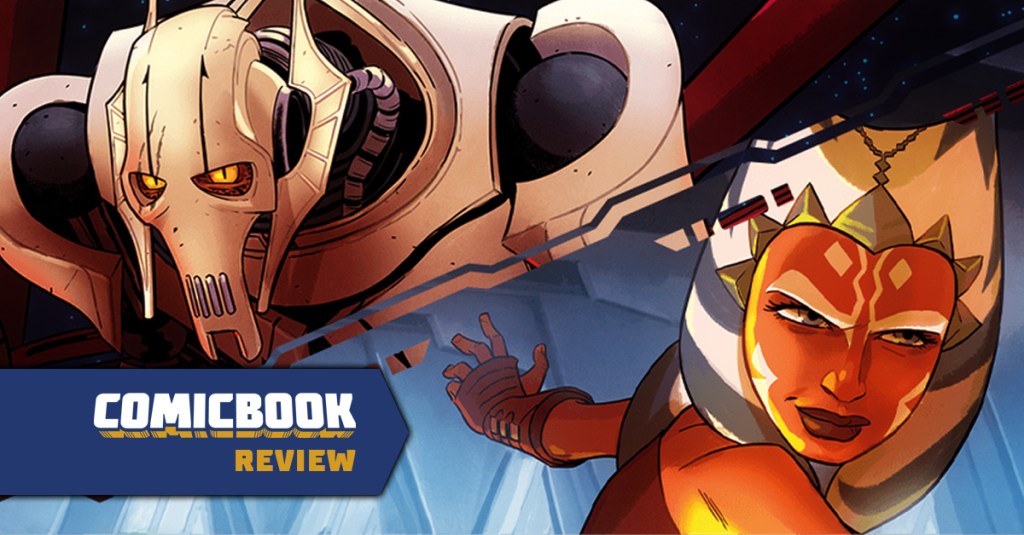
So now that you know what they do, it’s time to analyze how they feel to play. Both Leaders take advantage of the new mechanics from the set, and while Grievous provides a more immediate and approachable set of abilities, Ahsoka’s deck really comes into its own after a few rounds of play. I enjjoyed playing both Ahsoka and Grievious, though over time I found myself coming back to Ahsoka’s playstyle more often, and looking for ways to enhance the deck with some of the other powerful cards in the Twilight of the Republic set.
You really can’t go wrong with either Leader though, and both can be bolstered by other cards in the Twilight mix. After a few playthroughs, it also became clear that I prefer this set of Leaders to Shadow of the Galaxy’s Starter combo, which featured Mando and Moff Gideon, and specifically prefer Ahsoka’s set to Mando’s. The upgrade and bounty combos of Mando were fun, but I didn’t enjoy the push and pull of upgrades and Mandalorian units as much as I did building out a force for Ahsoka with Coordinate and Clone Troopers that all played off each other. For that reason, Twilight of the Republic’s Starter set gets the edge, though I’m not sure anything will ever top the pure balance and varied abilities of the original Darth Vader and Luke Skywalker Starter set from Spark of Rebellion.
Twilight of the Republic continues the game’s tradition of strong Starter sets that should hang around for a long time, even as new sets are released, and they can be quickly expanded and upgraded with other cards to make them more varied and even more powerful. As a one-two punch, it’s hard to beat, and will easily be a go-to recommendation to get started in Star Wars Unlimited.
Rating: 4.5 out of 5
Star Wars Unlimited Twilight of the Republic’s Starter Set is available to purchase here, and you can find booster packs, deck boxes, playmats, and more accessories for the game at your local game store.
What do you think of Twilight of the Republic’s Starter set? You can talk all things Star Wars Unlimited with me on Threads and Twitter @mattaguilarcb and on Bluesky @knightofoa!



